A Quick Guide to Emergency Supplies
In a world where the unexpected can happen at any moment, being prepared is not just a good idea—it's a necessity. Imagine waking up one day to a natural disaster or an unforeseen emergency that disrupts your daily life. Would you be ready? This article provides essential information about emergency supplies, including types, preparation tips, and storage recommendations to ensure you are ready for unexpected situations. From natural disasters to power outages, understanding what to include in your emergency kit can mean the difference between chaos and calm.
Emergency kits are crucial for preparedness. They serve as your lifeline during times of crisis, providing you with the necessary tools and supplies to navigate challenging situations. A basic emergency kit should contain a variety of items that cater to your immediate needs. Think of it as your survival toolbox, designed to keep you safe and comfortable when the going gets tough. Each component of your kit plays a vital role in ensuring your survival, whether it’s food, water, or medical supplies. Understanding why each item is important can help you make informed decisions when assembling your emergency supplies.
Knowing what to include in your emergency kit is vital. You wouldn’t set out on a road trip without your essentials, right? The same logic applies here. Here, we outline the must-have items that should be in every emergency supply kit to ensure safety and comfort. An effective emergency kit typically includes:
- Non-perishable food items - These are crucial for maintaining energy levels.
- Water - A sufficient supply is necessary for hydration.
- First aid supplies - Essential for treating minor injuries.
- Flashlights and batteries - Vital for visibility during power outages.
- Multi-tools - Handy for various tasks you might encounter.
Each of these items contributes to your overall preparedness, ensuring that you can handle whatever comes your way.
Food and water are fundamental for survival. In an emergency, having access to these basic necessities can make a world of difference. This subsection details how to choose non-perishable food items and the recommended amount of water to store for emergencies. Aim for at least one gallon of water per person per day, and don’t forget to account for pets if you have them!
Selecting the right non-perishable foods can make a difference. You want items that are not only long-lasting but also nutritious. Think canned goods, dried fruits, and energy bars. These foods are easy to store and require minimal preparation. We explore the best options for long-lasting nutrition and how to rotate supplies effectively. Remember to periodically check your food supplies and replace any items that are nearing their expiration date.
Proper water storage is essential during emergencies. This part discusses safe storage methods and how to ensure your water supply remains uncontaminated. Use food-grade water containers for storage and keep them in a cool, dark place. Regularly check for leaks or contamination to ensure your water supply is safe when you need it most.
Having a well-stocked first aid kit is crucial. This section covers the necessary medical supplies and how to use them effectively in emergencies. A basic first aid kit should include items like adhesive bandages, antiseptic wipes, gauze pads, and scissors. Knowing how to use these items can empower you to handle minor injuries or ailments until professional help is available.
Different emergencies require different preparations. Here, we discuss how to tailor your emergency supplies based on specific situations like natural disasters or power outages. Understanding the unique challenges posed by each type of emergency can help you create a more effective response strategy.
Natural disasters can strike without warning. This subsection provides insights on how to prepare your emergency kit for scenarios like earthquakes, floods, and hurricanes. Each disaster has its own set of challenges, and being prepared can significantly reduce the stress of the situation. Make sure to include items like a whistle to signal for help, a dust mask to filter contaminated air, and local maps to navigate in case of road closures.
Power outages can disrupt daily life. We share tips on what supplies to have on hand to ensure comfort and safety during prolonged outages. Consider including a battery-operated radio for updates, candles, and a portable phone charger. These items can keep you informed and connected when the lights go out.
Proper storage and maintenance of your emergency supplies are key to their effectiveness. This section offers practical advice on how to store and regularly check your supplies. Creating an organized storage system will help you quickly locate items when you need them.
Choosing the right storage location can enhance accessibility. We discuss the best places to store your emergency supplies for quick retrieval when needed. Consider keeping your kit in a cool, dry place, like a closet or basement, where it won’t be exposed to extreme temperatures.
Regularly checking your supplies is crucial for preparedness. This part emphasizes the importance of maintaining your kit and replacing expired items to ensure readiness. Make it a habit to review your emergency supplies every six months, so you’re always prepared for whatever life throws your way.
Q: How often should I check my emergency supplies?
A: It's a good idea to check your supplies at least twice a year to ensure everything is up-to-date and in good condition.
Q: What should I do with expired food in my emergency kit?
A: Replace expired food items with fresh supplies to ensure you have nutritious options available in an emergency.
Q: How can I make my emergency kit portable?
A: Use a sturdy backpack or a wheeled duffel bag to easily transport your emergency supplies if you need to evacuate.
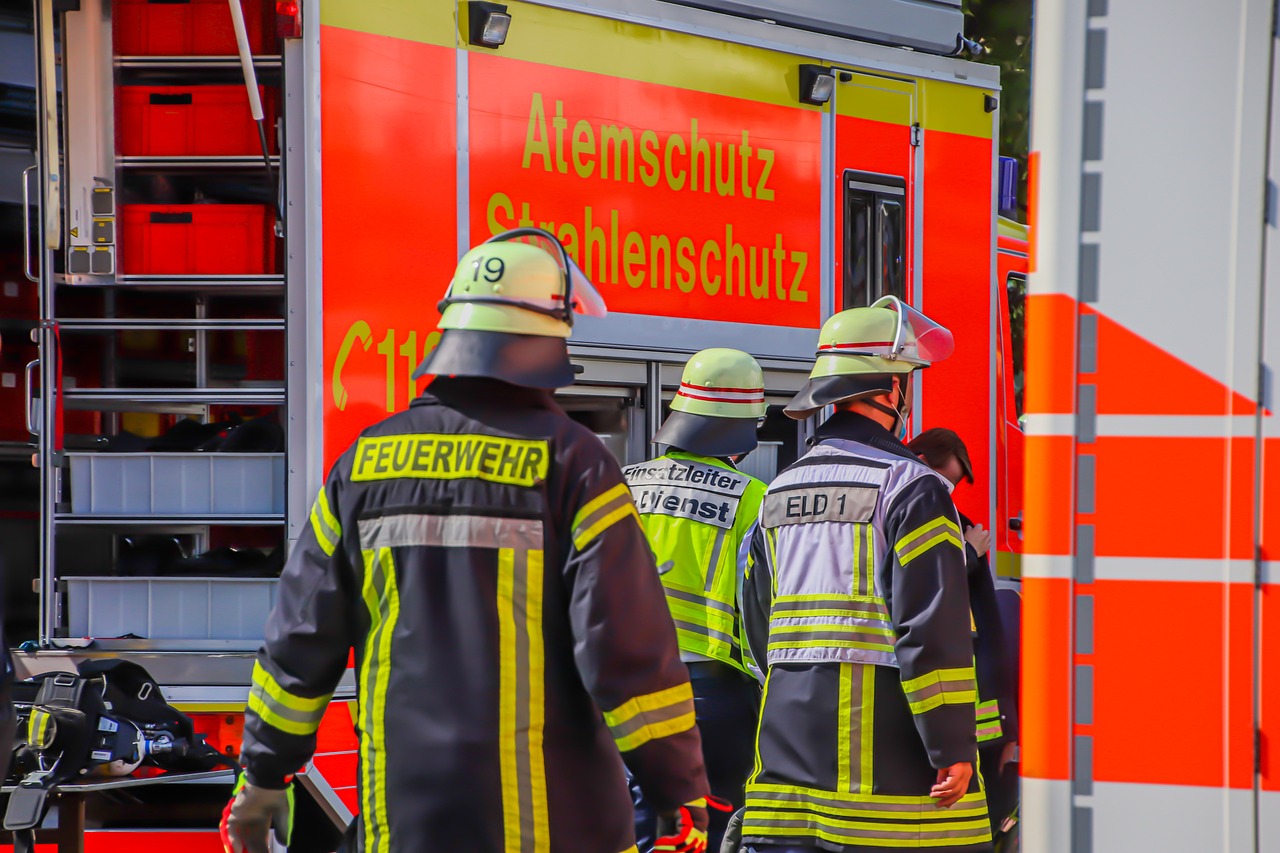
Understanding Emergency Kits
Emergency kits are more than just a collection of random items tossed together in a bag; they are lifelines designed to keep you and your loved ones safe during unexpected situations. Whether it's a natural disaster, a power outage, or any other unforeseen event, having an emergency kit can make a world of difference. Think of it as your personal safety net, ready to catch you when life throws a curveball.
So, what exactly goes into an emergency kit? The components can vary based on your specific needs and the types of emergencies you might face, but there are some universal essentials that should be included. A basic emergency kit typically contains items that can help you survive for at least 72 hours. This is crucial because, in many emergencies, help may not arrive immediately, and having your own supplies can significantly increase your chances of staying safe and comfortable.
Here are some of the fundamental components you should consider including in your emergency kit:
- Water: At least one gallon per person per day for at least three days, for drinking and sanitation.
- Food: Non-perishable food items that can sustain you for several days.
- First Aid Kit: Essential medical supplies to treat minor injuries.
- Flashlight: A reliable source of light, especially during power outages.
- Batteries: Extra batteries for your flashlight and other devices.
- Whistle: To signal for help if needed.
- Multi-tool: A handy tool that can serve multiple purposes.
Each item in your kit serves a specific purpose. For instance, having enough water is vital because dehydration can set in quickly, especially in stressful situations. On the other hand, non-perishable food items ensure that you have the necessary energy to keep moving and thinking clearly during a crisis. Additionally, a well-stocked first aid kit can be a lifesaver, allowing you to address injuries and health issues promptly.
Moreover, it’s not just about having these items; it’s about knowing how to use them effectively. For example, understanding how to administer basic first aid can be the difference between life and death in critical situations. Therefore, it’s advisable to familiarize yourself with the contents of your kit and practice using them. This way, when an emergency strikes, you won’t be scrambling to figure out how to utilize your supplies.
In summary, understanding the importance of an emergency kit is the first step toward being prepared. It’s not just about collecting items; it’s about creating a comprehensive plan that includes knowing what to pack, how to use your supplies, and regularly updating your kit. By taking these steps, you can ensure that you are ready for whatever life throws your way.
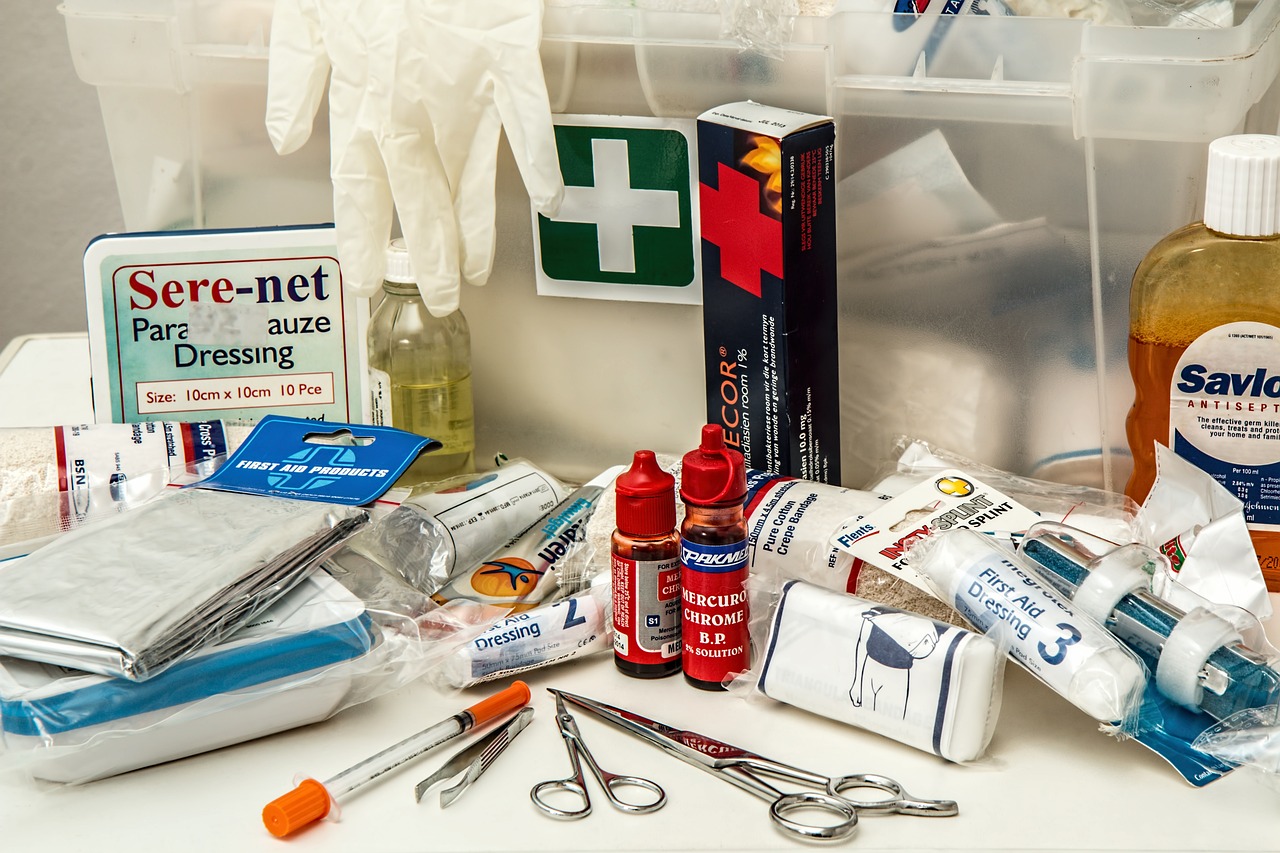
Essential Items for Your Kit
When it comes to preparing for emergencies, having the right supplies in your emergency kit can be a game-changer. Imagine facing an unexpected situation without the essentials—it's not just inconvenient; it could be dangerous. Therefore, understanding what to include in your kit is vital to ensure safety and comfort during challenging times. Your emergency kit should be a well-thought-out collection of items that cater to your specific needs and those of your family. Below, we delve into the must-have items that should be in every emergency supply kit.
First and foremost, food and water are the cornerstones of survival. You could have all the gadgets in the world, but without sustenance, you're in trouble. Aim for at least a three-day supply of food and water for each person in your household. This means storing at least one gallon of water per person per day. When it comes to food, think of items that are non-perishable and easy to prepare. Canned goods, energy bars, and dehydrated meals are excellent choices. They not only have a long shelf life but also provide the necessary nutrients to keep you going.
Next, let’s talk about first aid supplies. Having a well-stocked first aid kit is crucial. This kit should include items like adhesive bandages, antiseptic wipes, gauze pads, and over-the-counter medications for pain relief. Additionally, don't forget to include any prescription medications that you or your family members may need. It's like having a mini hospital at your fingertips, ready to address minor injuries or health issues that can arise during an emergency.
Another essential category to consider is tools and equipment. You never know when you might need a flashlight, batteries, or a multi-tool. These items can prove invaluable for both safety and convenience. A battery-operated or hand-crank radio can also keep you updated on emergency alerts, while a whistle can be a lifesaver in situations where you need to signal for help. Think of these tools as your lifeline, connecting you to the outside world when everything else falls silent.
Lastly, personal hygiene items are often overlooked but are equally important. In times of crisis, maintaining hygiene can prevent illness. Include items like hand sanitizer, moist towelettes, and toilet paper in your kit. It might seem trivial, but being clean and comfortable can significantly affect your morale during tough times. After all, a little bit of comfort can go a long way in a stressful situation.
To summarize, here’s a quick overview of the essential items to include in your emergency kit:
| Item | Quantity | Purpose |
|---|---|---|
| Water | 1 gallon per person per day for at least 3 days | Hydration |
| Non-perishable food | 3-day supply | Nutrition |
| First aid kit | 1 kit | Medical emergencies |
| Flashlight and batteries | 1 flashlight + extra batteries | Light source |
| Multi-tool | 1 | Versatile tool for various tasks |
| Hygiene items | As needed | Personal cleanliness |
By ensuring that your emergency kit is stocked with these essential items, you can face unexpected situations with confidence. Remember, the goal is to be prepared, not scared. So take the time to gather these supplies, and you’ll be better equipped to handle whatever life throws your way.

Food and Water Supplies
When it comes to emergency preparedness, the importance of cannot be overstated. These essentials are your lifelines in crisis situations, so you must choose wisely. First off, let’s talk about water. In an emergency, having a sufficient supply of clean drinking water is crucial. The general recommendation is to store at least one gallon of water per person per day for at least three days. This means if you have a family of four, you’ll want to have a minimum of twelve gallons of water on hand. It’s not just about quantity; it’s also about quality. Make sure your water is stored in food-grade containers and kept in a cool, dark place to prevent contamination.
Now, let’s dive into food supplies. Choosing the right non-perishable foods can make a world of difference when you’re in a pinch. You want to focus on items that are not only durable but also nutritious. Some excellent options include:
- Canned goods (like vegetables, fruits, and meats)
- Granola bars and protein bars
- Dried fruits and nuts
- Rice and pasta
- Freeze-dried meals
These items have a long shelf life and can provide the essential nutrients needed during stressful times. However, it’s not just about stocking up. You should also consider how to rotate your supplies effectively. Regularly check expiration dates and replace items as needed to ensure that your emergency kit is always ready to go. A good rule of thumb is to use the first in, first out (FIFO) method—consume the older items first so that you are always using fresh supplies.
Furthermore, having a variety of food options can help keep morale high during tough times. Imagine being stuck at home during a storm with only canned peas to eat for days on end; it’s not exactly a morale booster! Instead, mix it up a bit. Having a selection of snacks and meals can make a challenging situation feel a little less daunting.
Ultimately, the key to effective food and water storage is preparation. Take the time to plan and organize your supplies. By ensuring you have enough food and water, you’re not just preparing for survival; you’re also preparing to maintain a sense of normalcy in the face of uncertainty.
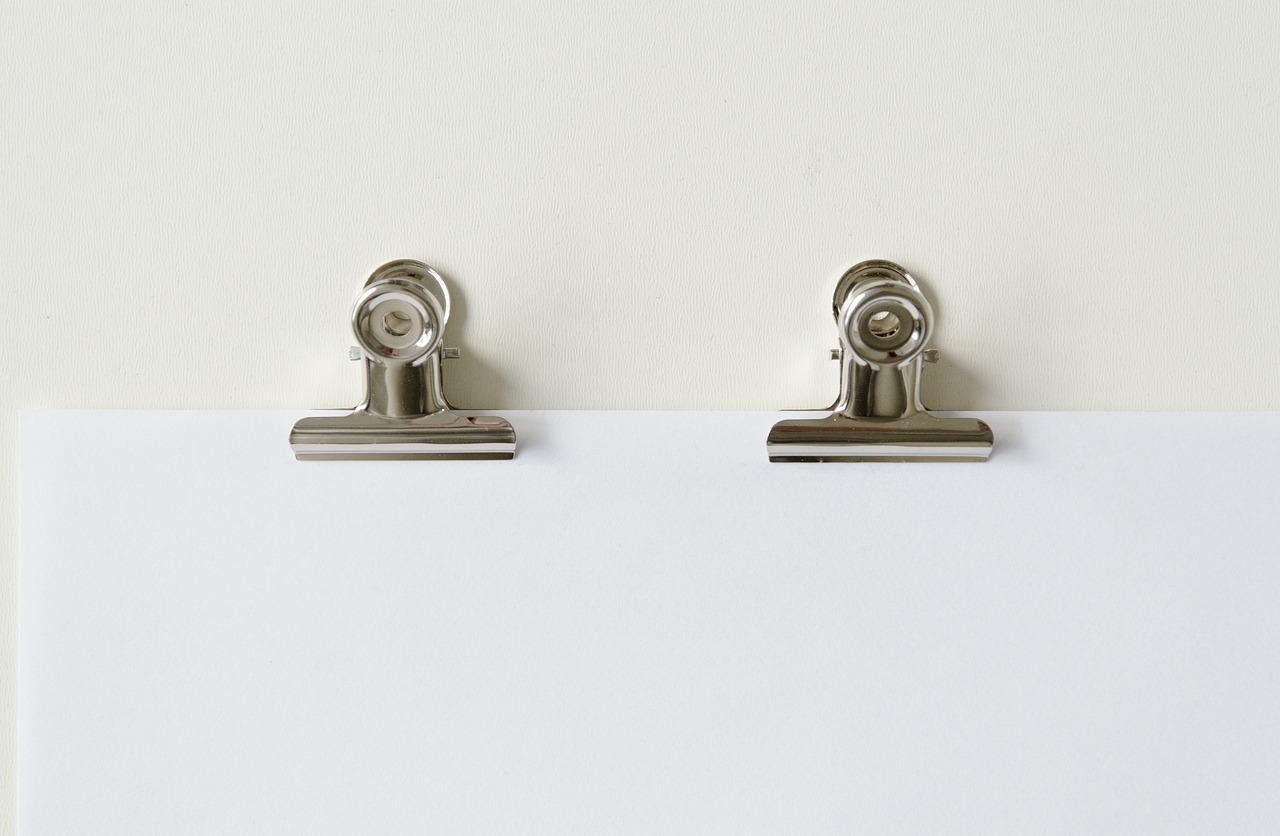
Choosing Non-Perishable Foods
When it comes to preparing your emergency supply kit, choosing the right non-perishable foods is crucial. These foods not only need to have a long shelf life but also provide the necessary nutrition to keep you energized and healthy in times of crisis. Imagine being stuck at home during a storm with nothing but a bag of chips and a can of soda—definitely not the most nourishing option!
So, what should you be looking for? First, consider items that are rich in protein and carbohydrates, which can help sustain your energy levels. Foods like canned beans, peanut butter, and whole grain pasta are excellent choices. They not only last long but also offer a good balance of nutrients. Additionally, don’t forget about canned fruits and vegetables. These can provide essential vitamins and minerals, which are often lacking in typical emergency rations.
Another important factor is the packaging. Choose foods that are sealed properly and can withstand temperature fluctuations. For instance, items in metal cans or vacuum-sealed pouches tend to have a longer shelf life compared to those in cardboard boxes or plastic containers. Moreover, it's wise to check for expiration dates and rotate your supplies regularly. This ensures that you consume the oldest items first, preventing waste.
Here's a quick look at some recommended non-perishable food items:
| Food Item | Type | Shelf Life |
|---|---|---|
| Canned Beans | Protein | 2-5 years |
| Peanut Butter | Protein/Fats | 1-2 years |
| Whole Grain Pasta | Carbohydrates | 2-3 years |
| Canned Vegetables | Vitamins | 2-5 years |
| Rice | Carbohydrates | 4-5 years |
Ultimately, the goal is to create a well-rounded supply of food that not only lasts but also keeps your spirits up during tough times. Think about how you can mix and match these items to create meals that are both satisfying and nutritious. After all, in an emergency, having a hearty meal can make all the difference in maintaining morale.

Water Storage Solutions
When it comes to emergency preparedness, water storage is one of the most critical aspects to consider. Water is essential for survival, and having a reliable supply can make a world of difference during emergencies. So, how do you ensure that your water supply remains safe and uncontaminated? Let’s dive into some effective storage methods and tips that will keep your water ready for when you need it the most.
First off, it's important to understand that not all containers are created equal. You should opt for food-grade water storage containers, which are designed to hold potable water without leaching harmful chemicals. These containers come in various sizes, from small bottles to large barrels, and can be easily found at outdoor supply stores or online. When choosing a container, consider the following:
| Container Type | Capacity | Best Use |
|---|---|---|
| Plastic Bottles | 1-2 liters | Individual use or short-term storage |
| 5-Gallon Jugs | 5 gallons | Household use |
| Water Barrels | 30-55 gallons | Long-term storage |
Once you've selected your containers, the next step is to fill them with clean water. If you're using tap water, it's a good idea to treat it with a small amount of unscented household bleach—about 1/8 teaspoon per gallon—to kill any potential bacteria. After filling your containers, be sure to seal them tightly and label each one with the date of storage. This way, you’ll know when it’s time to replace the water.
Another important consideration is the storage environment. Ideally, water should be stored in a cool, dark place, away from direct sunlight and heat sources, as these can degrade the containers and affect the quality of the water. A basement or a dedicated storage room can be excellent options. Remember to keep your water containers off the ground to prevent contamination from dirt or moisture.
Lastly, it’s essential to regularly check your water supply. Every six months, inspect your containers for leaks or any signs of deterioration. If you notice any issues, replace the water immediately. This regular maintenance ensures that your emergency water supply is always fresh and ready for use.
By following these simple yet effective water storage solutions, you can ensure that you are well-prepared for any emergency situation. Remember, in a crisis, having access to clean water is not just a convenience; it’s a necessity!
- How much water should I store for emergencies? It is recommended to store at least one gallon of water per person per day for at least three days, but having more is always beneficial.
- Can I use any container for water storage? No, it's best to use food-grade containers to avoid contamination. Avoid using containers that previously held chemicals or non-food substances.
- How long can I store water? Water can be stored indefinitely if kept in proper conditions. However, it’s advisable to replace stored water every six months.
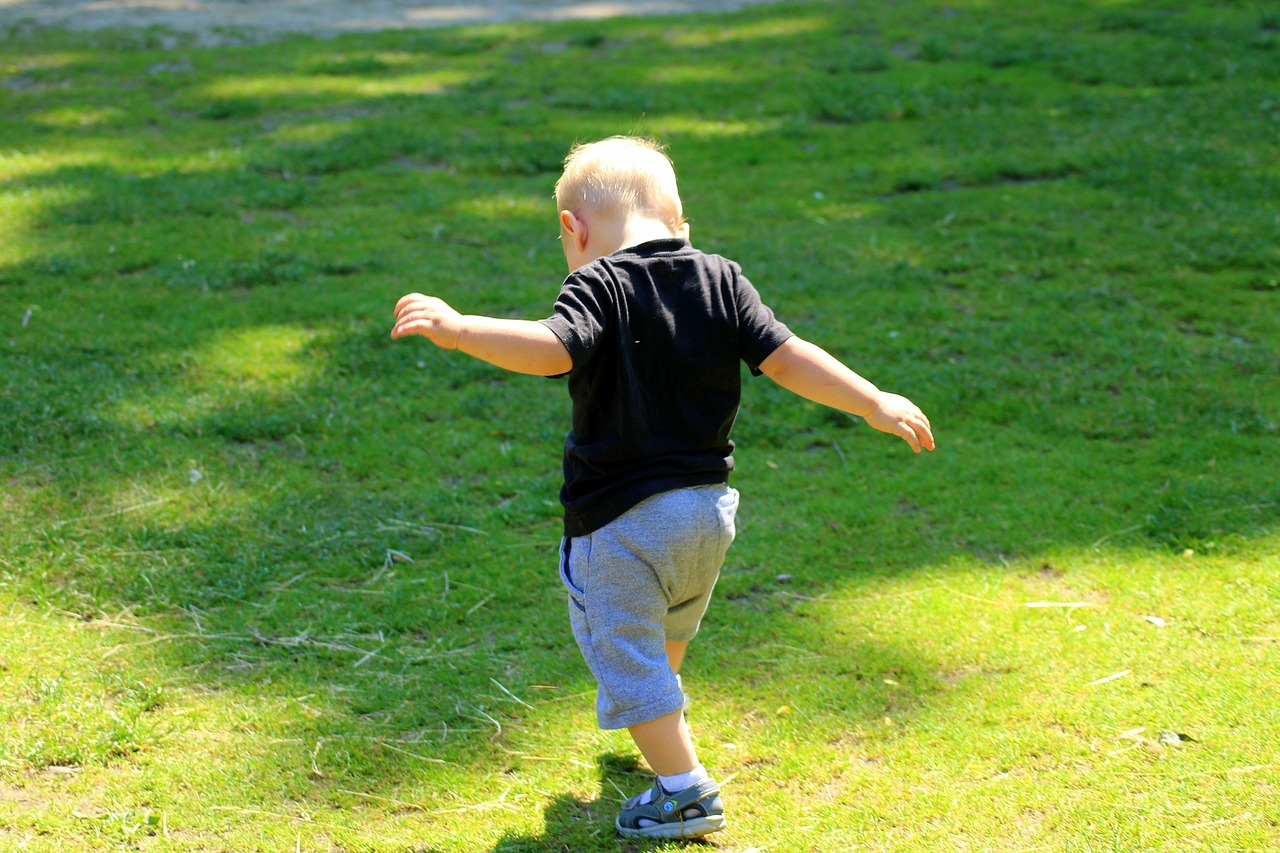
First Aid Essentials
When it comes to emergencies, having a well-stocked first aid kit is not just a good idea; it's a necessity. Imagine being in a situation where someone gets injured, and you find yourself scrambling for supplies. It’s like being caught in a storm without an umbrella! To avoid such scenarios, it’s crucial to know what to include in your first aid kit and how to use these items effectively.
Your first aid kit should be tailored to meet your family’s specific needs, considering factors like age, health conditions, and the types of emergencies you’re most likely to face. At a minimum, your kit should include the following essentials:
- Adhesive Bandages: These are your go-to for minor cuts and scrapes.
- Gauze Pads and Adhesive Tape: For larger wounds, these will help control bleeding.
- Antiseptic Wipes: To clean wounds and prevent infection.
- Antibiotic Ointment: A must-have to apply on cuts after cleaning.
- Scissors and Tweezers: For cutting tape or gauze and removing splinters.
- Instant Cold Packs: These are lifesavers for reducing swelling.
- Pain Relievers: Include over-the-counter medications like ibuprofen or acetaminophen.
- Thermometer: To check for fever, especially in children.
- First Aid Manual: A handy guide to help you in case of emergencies.
But it’s not just about having these items; knowing how to use them is equally important. For instance, applying pressure to a wound is crucial for stopping bleeding, and understanding how to perform CPR can be life-saving. You might think, “I’ll just look it up when the time comes,” but in emergencies, every second counts!
Additionally, consider investing in a first aid training course. Many organizations offer classes that teach you the basics of first aid and CPR. Think of it as a life skill—one that can empower you to help others when they need it most. Just like you wouldn't drive a car without knowing how to operate it, you shouldn't rely on your first aid kit without knowing how to use it!
Lastly, remember to regularly check your first aid kit. Items can expire, and you don’t want to be caught in a situation where your supplies are outdated. Set a reminder every six months to review your kit, replacing any expired items and ensuring everything is in working order. This way, you can rest easy knowing you're prepared for whatever life throws your way!
Q: How often should I check my first aid kit?
A: It's recommended to check your first aid kit every six months to ensure all items are in good condition and not expired.
Q: Can I use expired medications in my first aid kit?
A: It's best to replace expired medications, as they may not be effective and could pose a risk in emergencies.
Q: Where is the best place to store my first aid kit?
A: Store your first aid kit in a cool, dry place that's easily accessible to all family members, but out of reach of small children.
Q: Should I customize my first aid kit for specific needs?
A: Absolutely! Tailor your kit based on your family's health needs, including any medications or supplies for specific conditions.
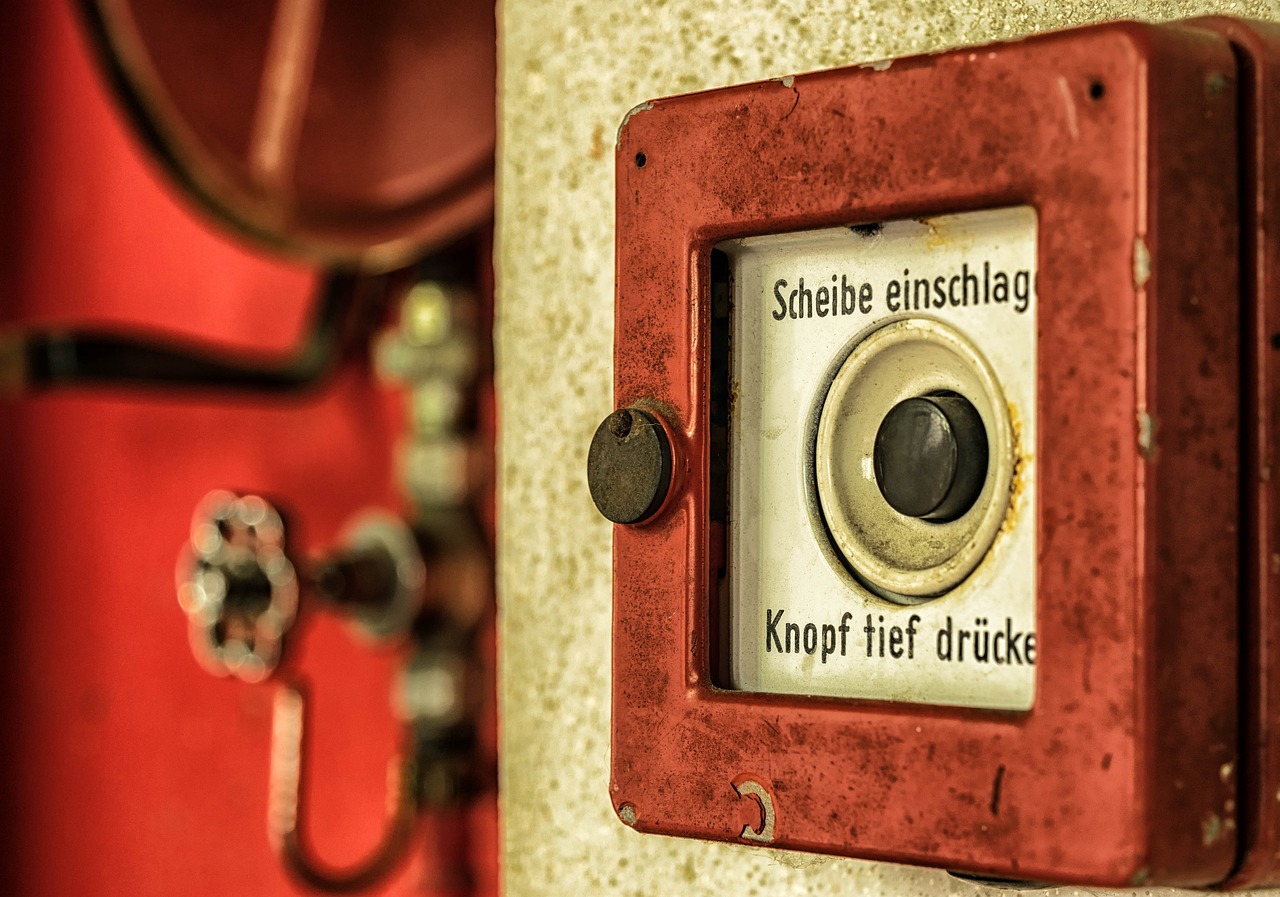
Preparing for Different Scenarios
When it comes to emergency preparedness, one size does not fit all. Different situations call for tailored approaches, and understanding the unique challenges posed by various emergencies can make all the difference. For instance, if you're in a region prone to natural disasters like hurricanes or earthquakes, your emergency kit should reflect those specific needs. On the other hand, if you're primarily concerned about power outages, your supplies should be geared towards maintaining comfort and safety in the absence of electricity. The key is to think ahead and prepare accordingly.
Let's break it down a bit further. Natural disasters can strike without a moment's notice, leaving little time to gather supplies. For example, during a hurricane, you might face strong winds and flooding, which means you need to prioritize items that can withstand water damage and provide sustenance for an extended period. Consider packing items like waterproof bags for your important documents, sturdy flashlights, and enough non-perishable food and water to last several days. It's not just about having supplies; it’s about having the right supplies.
In contrast, power outages can disrupt daily life in a different way. Imagine being in the middle of a heatwave with no air conditioning, or having to navigate through the dark without your usual light sources. To prepare for such scenarios, your kit should include items like portable chargers for your devices, battery-operated fans, and a stockpile of candles and matches. It’s all about maintaining a sense of normalcy and safety during those uncomfortable hours or days without power.
To further illustrate the differences in preparation, let’s take a look at some essential items for each scenario:
| Scenario | Essential Items |
|---|---|
| Natural Disasters |
|
| Power Outages |
|
By preparing for these different scenarios, you’re not just gathering supplies; you’re also instilling a sense of confidence and security within yourself and your loved ones. Think of it like a safety net—while you may never need to rely on it, knowing it’s there can alleviate stress and anxiety during uncertain times. So, take a moment to assess your current situation and think about the emergencies that could arise in your area. Are you ready for them? If not, now is the time to act!
Q: How often should I update my emergency supplies?
A: It's recommended to check your emergency supplies every six months. This ensures that food items are not expired and that you have the necessary items on hand for various emergencies.
Q: What is the best way to store water for emergencies?
A: Store water in clean, food-grade containers. You can also purchase commercially bottled water, which is a convenient option. Keep the water in a cool, dark place and replace it every six months.
Q: Can I use my regular first aid kit for emergencies?
A: While a regular first aid kit can be useful, it's wise to ensure that it includes additional supplies that may be needed during larger emergencies, such as extra bandages, antiseptic wipes, and any prescribed medications.
Q: How much food and water should I store?
A: Aim for at least one gallon of water per person per day for at least three days, along with a minimum of a three-day supply of non-perishable food for each person in your household.
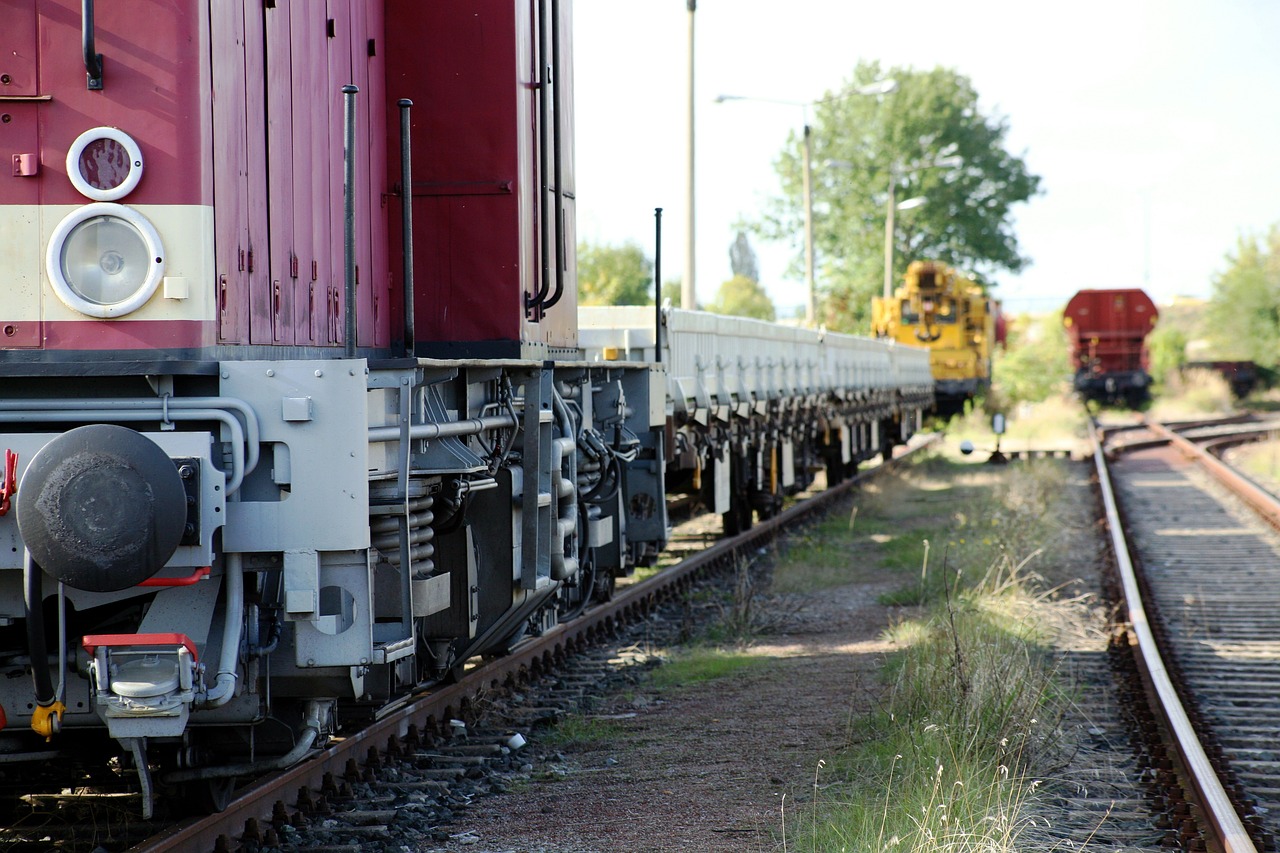
Natural Disaster Preparedness
Natural disasters can strike without warning, turning ordinary days into chaotic situations. Being prepared is not just a good idea; it’s essential for your safety and well-being. Imagine waking up to the sound of sirens or the ground shaking beneath you. What would you do? Having a well-thought-out emergency kit ready can make all the difference. The first step in preparing for natural disasters is understanding the types of emergencies you might face in your area, whether it’s hurricanes, earthquakes, floods, or tornadoes.
Each type of disaster requires specific preparations, and knowing what to include in your emergency kit is crucial. For instance, if you live in a flood-prone area, your kit should include waterproof bags to protect important documents and electronics. Alternatively, if you’re in a region susceptible to earthquakes, consider including sturdy shoes and gloves to protect your feet and hands from debris. By tailoring your kit to the risks you face, you’ll be better equipped to handle any situation.
Here’s a quick breakdown of essential items to consider for various natural disasters:
| Type of Disaster | Recommended Items |
|---|---|
| Hurricane |
|
| Earthquake |
|
| Flood |
|
Additionally, it’s important to have a communication plan in place. In the chaos of a disaster, family members may become separated, and knowing how to reach each other can alleviate a lot of stress. Designate a meeting spot and make sure everyone knows how to get there. Consider using social media or text messaging, as phone lines can become overwhelmed during emergencies.
Another vital aspect of disaster preparedness is staying informed. Sign up for local alerts and warnings, and keep a battery-powered or hand-crank radio on hand to receive updates during a disaster. This way, you’ll be aware of any changes in the situation and can adjust your plans accordingly.
Finally, practice makes perfect. Conduct regular drills with your family to ensure everyone knows what to do in case of a natural disaster. It’s one thing to have an emergency kit, but knowing how to use the items inside it effectively can save lives. By preparing now, you can face the unexpected with confidence and resilience.
Q: How often should I check my emergency supplies?
A: It's recommended to check your emergency supplies at least once every six months. This ensures that food and medications are not expired and that your kit remains complete.
Q: What should I do if I have to evacuate?
A: Always have an evacuation plan in place. Know your evacuation routes and have your emergency kit ready to go. It’s also wise to keep important documents in a waterproof container.
Q: How can I prepare for a power outage?
A: In addition to having flashlights and batteries, consider investing in a portable generator and ensuring you have enough non-perishable food and water to last several days.
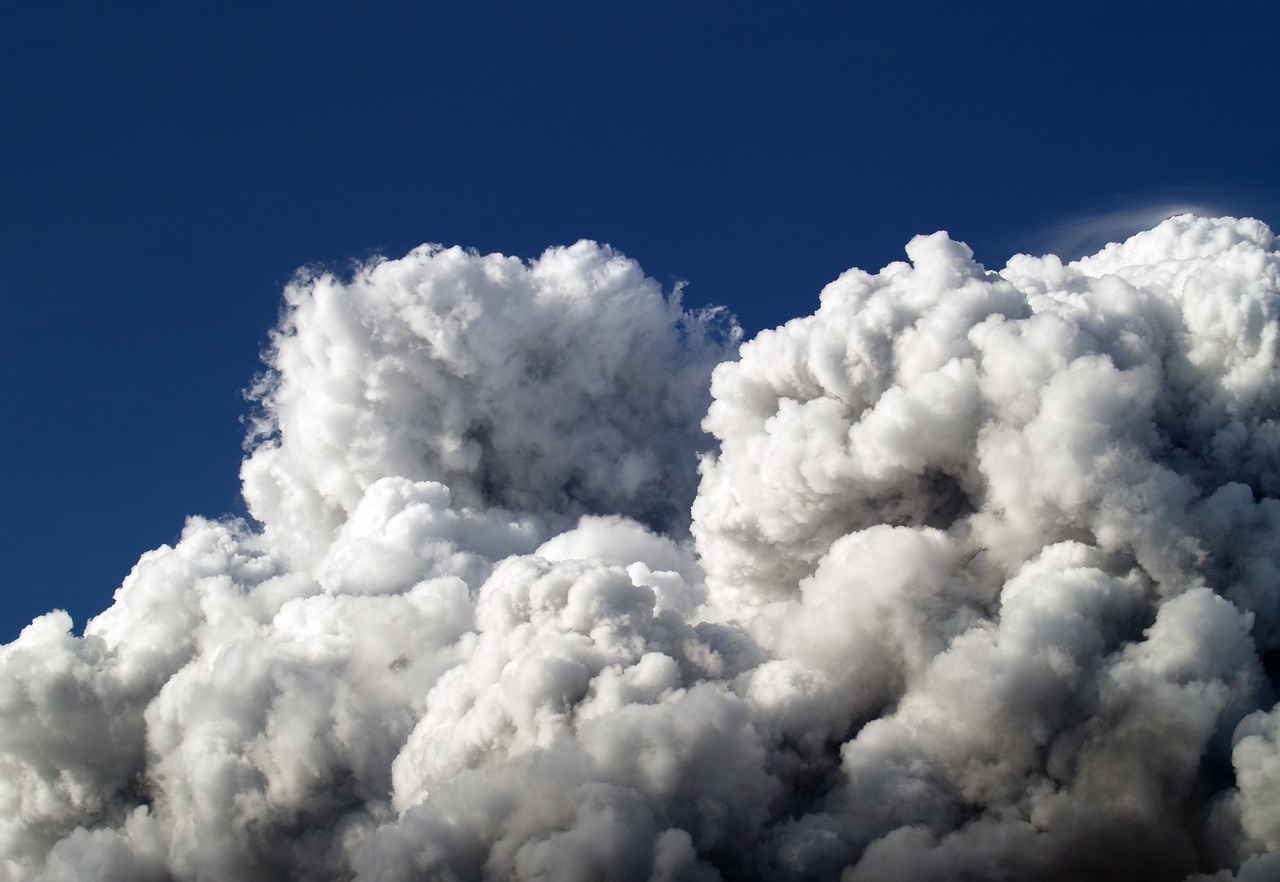
Power Outage Readiness
Power outages can feel like a sudden storm cloud rolling in on a sunny day—unexpected and disruptive. Whether it’s caused by severe weather, equipment failure, or even planned maintenance, being prepared for a power outage is essential for maintaining comfort and safety in your home. Imagine being in the middle of a cozy evening, and suddenly, the lights go out. What do you do? This is where your emergency supplies come into play!
To ensure you’re ready for a power outage, it’s important to have specific items on hand. First, consider lighting options. Flashlights and lanterns are crucial, but don’t forget extra batteries. A candle can create a warm atmosphere, but always use it safely to avoid fire hazards. Additionally, think about having a battery-operated radio. This can be a lifeline to the outside world, providing updates on the situation and any emergency instructions.
Next, food and water are paramount. During a power outage, your refrigerator will stop working, so it’s wise to have a stock of non-perishable food items. Canned goods, dried fruits, and nuts can be lifesavers. In terms of water, it’s recommended to store at least one gallon per person per day for at least three days. This ensures you stay hydrated and can prepare meals if necessary.
Another critical aspect is maintaining your comfort. Have blankets and warm clothing accessible, especially during colder months. You might also want to consider a portable phone charger, as staying connected can be vital during an emergency. If you have any medical devices that require electricity, ensure you have a backup plan in place, such as a portable generator, to keep them operational.
Lastly, don’t overlook the importance of a communication plan. Make sure all family members know what to do and where to go if the power goes out unexpectedly. Having a designated meeting spot can help alleviate stress during chaotic situations. Prepare a list of emergency contacts, including local authorities and utility companies, so you can report outages and get updates when necessary.
In summary, being prepared for a power outage is about more than just having a flashlight handy. It’s about creating a comprehensive plan that includes food, water, communication, and comfort. By taking these steps, you can turn a potentially stressful situation into a manageable one, ensuring that you and your loved ones remain safe and comfortable until the lights come back on.
- What should I include in my power outage kit? Your kit should include flashlights, batteries, non-perishable food, water, a battery-operated radio, blankets, and a portable phone charger.
- How long can food last during a power outage? Food in a refrigerator can last about 4 hours if the door is kept closed. However, non-perishable items should be your go-to during an outage.
- How can I stay informed during a power outage? A battery-operated radio can help you receive updates. Additionally, keep your mobile devices charged to access news through your cellular network.
- Is it safe to use candles during a power outage? While candles can provide light, they pose a fire risk. Use them with caution and never leave them unattended.
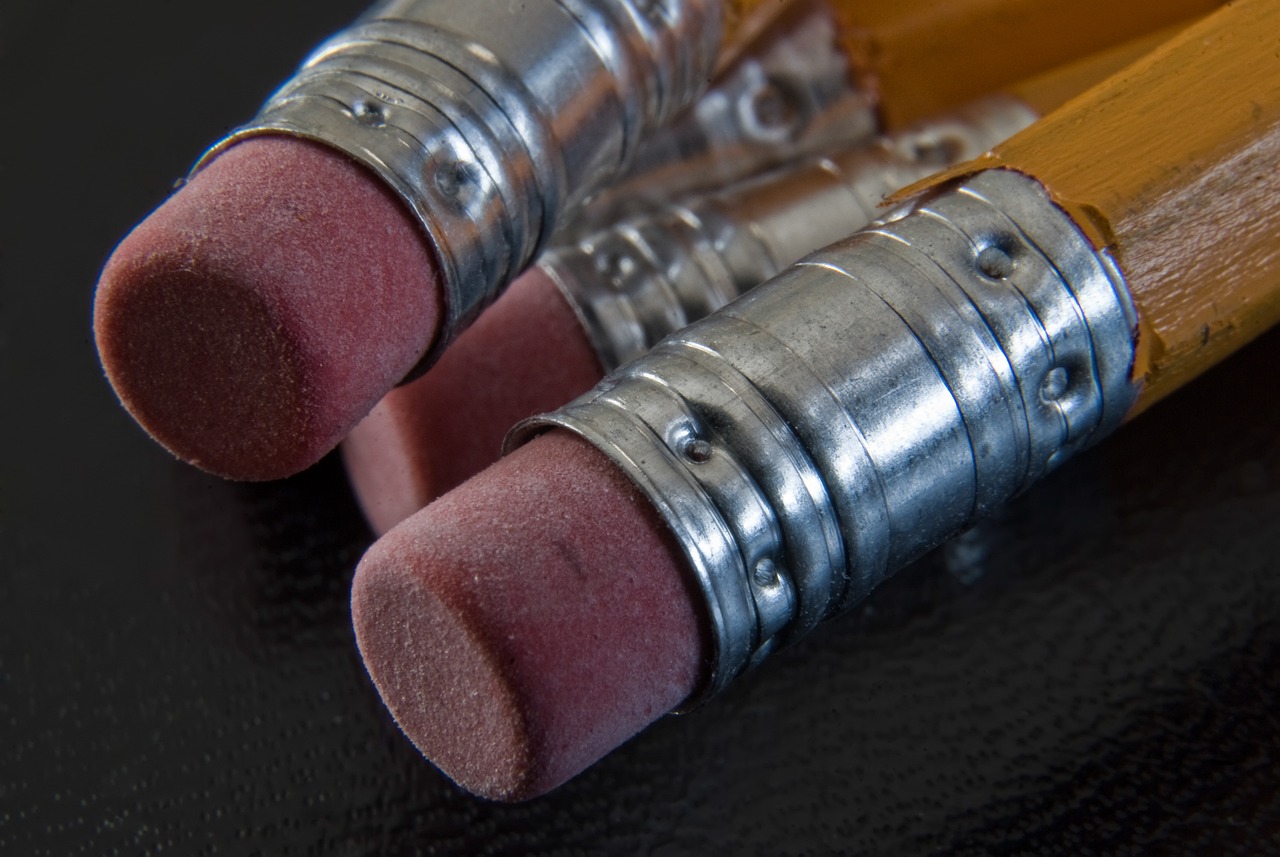
Storage and Maintenance Tips
Proper storage and maintenance of your emergency supplies are key to ensuring their effectiveness when you need them most. Think of your emergency kit as a lifeboat on a stormy sea; you wouldn't want to find it full of holes when the waves start crashing. So, how can you make sure your supplies are always ready to go? First, consider the optimal storage locations. Identify a spot in your home that is not only easily accessible but also protects your supplies from extreme temperatures and moisture. A closet, basement, or even a designated shelf in your pantry can work wonders. Just make sure it’s a location that everyone in your household knows about!
Next, it’s essential to conduct regular maintenance checks. Just like you wouldn’t drive a car without checking the oil, you shouldn’t rely on an emergency kit that hasn’t been inspected in ages. Set a reminder on your calendar to review your supplies at least every six months. During these checks, inspect food items for expiration dates, ensure that batteries are still functional, and verify that your first aid supplies are complete. If you find expired items, replace them immediately to keep your kit fresh and ready.
Additionally, consider creating a maintenance log where you can jot down when you last checked your supplies and what changes were made. This log can serve as a helpful reminder and keep your preparations organized. Here’s a simple table format you can use to keep track:
| Date Checked | Items Replaced | Notes |
|---|---|---|
| MM/DD/YYYY | List of items | Any additional notes |
Finally, don’t forget to involve your family in the process! Discussing your emergency plan and the contents of your kit can create a sense of security and preparedness. You might even turn it into a fun family activity—after all, who wouldn’t want to play a game of “What would you grab first?” in a hypothetical emergency? By making this a collaborative effort, you not only enhance your readiness but also build a stronger family bond.
Q: How often should I check my emergency supplies?
A: It’s recommended to check your emergency supplies at least every six months to ensure everything is up to date and functional.
Q: Where is the best place to store my emergency kit?
A: The best storage locations are cool, dry places that are easily accessible, such as a closet or pantry shelf.
Q: What should I do with expired items in my kit?
A: Expired items should be replaced immediately to maintain the effectiveness of your emergency kit.
Q: Can I involve my kids in preparing the emergency kit?
A: Absolutely! Involving your family, especially kids, can make the process fun and educational, helping everyone understand the importance of being prepared.
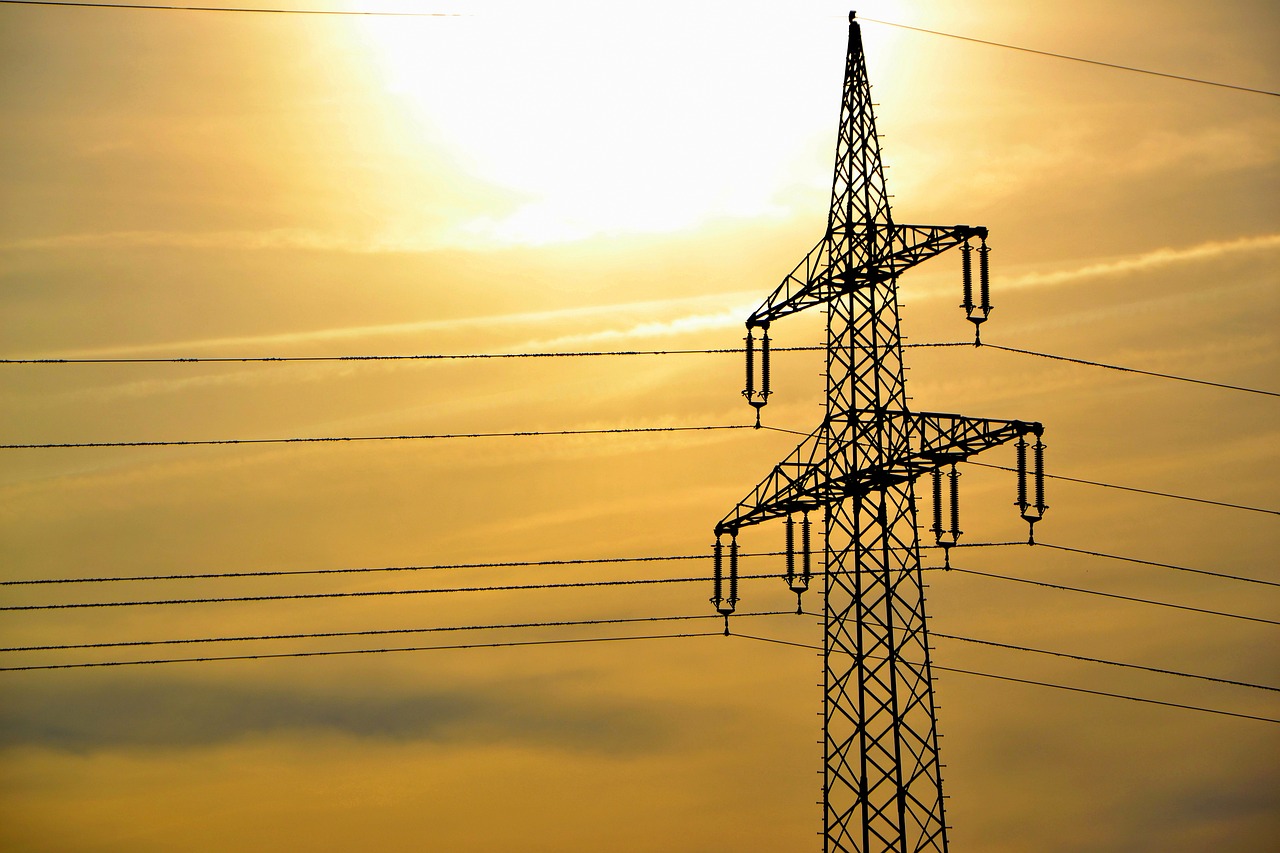
Optimal Storage Locations
When it comes to storing your emergency supplies, choosing the right location can make all the difference between being prepared and being caught off guard. Imagine a scenario where a sudden storm hits, and you need to grab your emergency kit in a hurry. If your supplies are tucked away in a hard-to-reach corner of the attic or buried behind a pile of boxes in the garage, you might find yourself scrambling, wasting precious time. That's why it's crucial to select storage locations that are both accessible and safe.
First and foremost, consider keeping your emergency kit in a central location within your home. A closet near the main entrance is ideal, as it provides quick access for all family members. Additionally, if you have a basement, it can be a great place to store larger supplies, such as water barrels or bulk food items. Just make sure that the basement is dry and not prone to flooding, which could compromise your supplies.
Another important factor is temperature control. Extreme temperatures can affect the integrity of your supplies, especially food and medications. Therefore, avoid places like attics or garages that can become too hot or too cold. Instead, opt for a climate-controlled area within your home. A kitchen pantry, for example, is often a good choice because it typically remains at a stable temperature.
For those who live in apartments or smaller spaces, consider using multi-purpose furniture for storage. Ottomans with hidden compartments or storage benches can be both stylish and functional, allowing you to keep your emergency supplies within reach without cluttering your living space.
Lastly, don't forget about the importance of visibility. Label your storage containers clearly, so everyone in your household knows where to find the supplies when they need them. Using clear bins can also help you quickly see what you have on hand, making it easier to conduct regular maintenance checks.
In summary, the optimal storage locations for your emergency supplies should be:
- Accessible: Keep them in a central location that's easy to reach.
- Temperature-controlled: Avoid extremes of heat and cold.
- Visible: Use clear containers and labels for quick identification.
- Safe: Ensure the area is secure from potential hazards like flooding.
By taking the time to choose the right storage locations for your emergency supplies, you can significantly enhance your preparedness for any unexpected situation. Remember, it’s all about making access to your supplies as easy and efficient as possible, so when the moment arises, you’re ready to act swiftly.
Q1: How often should I check my emergency supplies?
A1: It's recommended to check your emergency supplies at least twice a year to ensure everything is up to date and in good condition.
Q2: What should I do if my supplies are expired?
A2: Expired items should be replaced immediately to ensure your kit is effective. Rotate your supplies regularly to keep them fresh.
Q3: Can I store my emergency supplies outside?
A3: While some supplies can be stored outside, it's best to keep them in a temperature-controlled environment to avoid damage from extreme weather conditions.
Q4: How can I make my emergency kit more portable?
A4: Use a sturdy backpack or wheeled container for easy transport, especially if you may need to evacuate quickly.
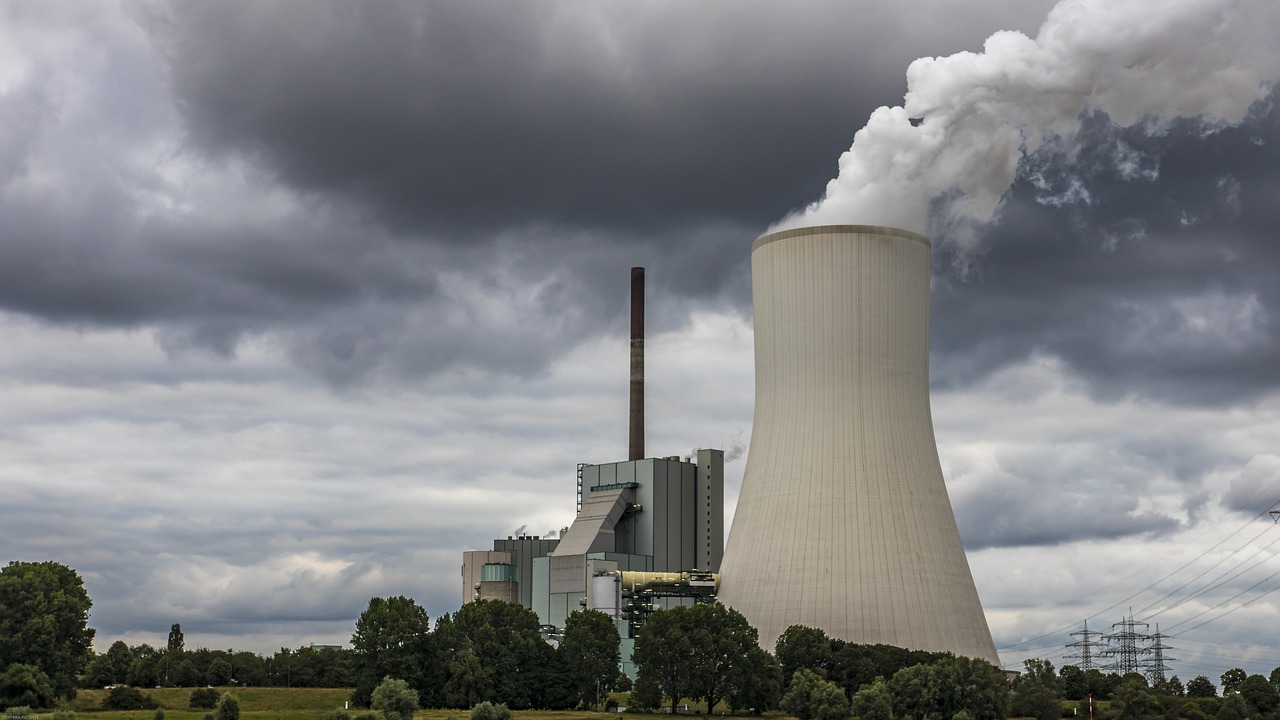
Regular Maintenance Checks
When it comes to emergency supplies, regular maintenance checks are not just a good idea; they are absolutely essential for ensuring your preparedness. Imagine you’re in the midst of an emergency and you reach for your supplies, only to find that they are expired or missing entirely. It’s like trying to start a car with a dead battery—no matter how good your intentions are, you're going nowhere fast! That's why setting a schedule for routine checks of your emergency kit is crucial.
To make this process easier, consider creating a maintenance checklist that outlines what to look for during each inspection. This checklist could include items such as:
- Checking the expiration dates on food and medical supplies
- Inspecting water containers for leaks or contamination
- Ensuring batteries for flashlights and radios are functional
- Replacing any used items, such as bandages or medications
It's also wise to take note of any new items that might need to be added to your kit as your family’s needs change. For instance, if you have a new baby, you’ll want to include baby formula or diapers. Similarly, if someone in your household has dietary restrictions, make sure your food supplies reflect those needs. Keeping your emergency kit relevant to your lifestyle is key to maintaining its effectiveness.
Another important aspect of regular maintenance checks is to ensure that your supplies are stored correctly. This means keeping items in a cool, dry place and ensuring that they are easily accessible. If you have to dig through a pile of clutter to find your emergency supplies, you might waste precious time when it matters most. Organizing your kit in a way that makes it easy to grab and go can make all the difference in an emergency situation.
Finally, consider scheduling these checks at regular intervals—perhaps every six months or at the change of seasons. This way, you can make it part of your routine, just like changing the batteries in your smoke detector. Remember, preparedness is a continuous process, and staying proactive will ensure that you and your loved ones are ready for whatever life throws your way.
Q: How often should I check my emergency supplies?
A: It's recommended to check your emergency supplies every six months or at the change of seasons to ensure everything is up to date and functional.
Q: What should I do with expired items?
A: Expired items should be disposed of properly and replaced with fresh supplies to maintain the effectiveness of your emergency kit.
Q: Can I store my emergency supplies in the garage?
A: While garages can be convenient, they may not be the best place due to temperature fluctuations and humidity. Instead, choose a cool, dry area of your home for optimal storage.
Q: How can I keep track of what’s in my emergency kit?
A: Maintaining a checklist or inventory of your emergency supplies can help you keep track of what you have and what needs to be replaced.
Frequently Asked Questions
- What should I include in my emergency kit?
Your emergency kit should contain essential items such as non-perishable food, water, a first aid kit, flashlights, batteries, a multi-tool, and important documents. Think of it as your survival toolbox, ready for anything life throws your way!
- How much water should I store for emergencies?
It's recommended to store at least one gallon of water per person per day for at least three days. This ensures you have enough for drinking and sanitation. Just imagine being stuck without water—it's crucial to stay hydrated!
- How do I choose the right non-perishable foods?
Look for items that are high in calories and nutrients, like canned goods, dried fruits, nuts, and energy bars. The goal is to select foods that will keep you energized and satisfied during tough times.
- Where is the best place to store my emergency supplies?
Store your emergency supplies in a cool, dry place that is easily accessible. Think about areas like a closet or a basement. Just remember, you want to be able to grab your kit quickly when you need it!
- How often should I check my emergency kit?
It's a good idea to check your emergency kit at least twice a year. This way, you can replace expired items and ensure everything is in working order. Regular maintenance is key to being prepared!
- What should I do if my supplies expire?
If you find expired items in your kit, replace them immediately. Think of it like changing the batteries in a smoke detector—it's all about keeping your safety gear up to date!
- How can I prepare for specific emergencies like natural disasters?
Tailor your emergency supplies based on the types of disasters common in your area. For instance, if you live in a flood-prone area, consider waterproof storage for your supplies. It's all about being proactive!



















